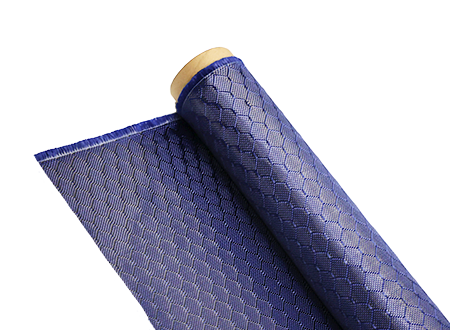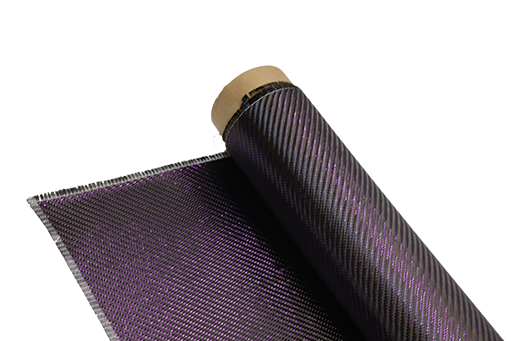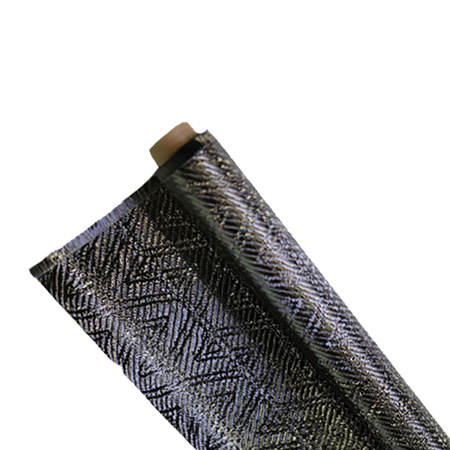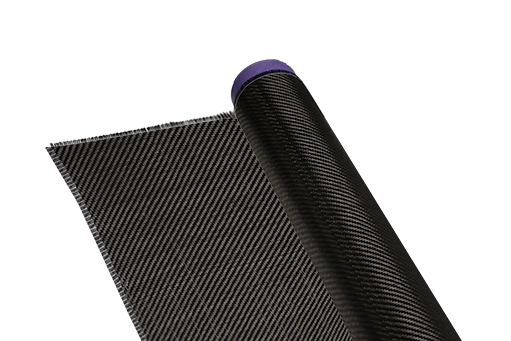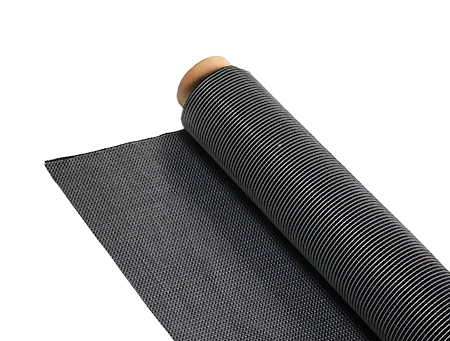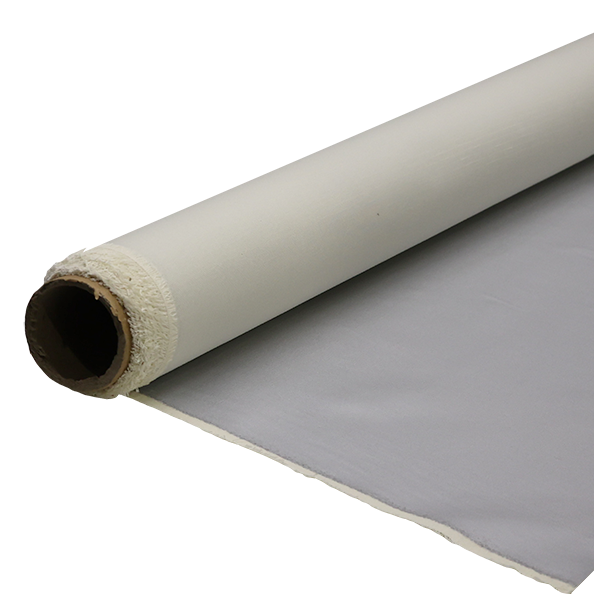Carbon fiber composites: the super material of the 21st century
-
 Your Composites Expert Carbon Fiber Materials&Products
Your Composites Expert Carbon Fiber Materials&Products -
-1.png?width=686&height=617) Your Composites Expert Aramid Fiber Materials&Products
Your Composites Expert Aramid Fiber Materials&Products -
 Your Composites Expert UHMWPE Materials&Products
Your Composites Expert UHMWPE Materials&Products -
 Your Composites Expert Fiberglass Materials&Products
Your Composites Expert Fiberglass Materials&Products -
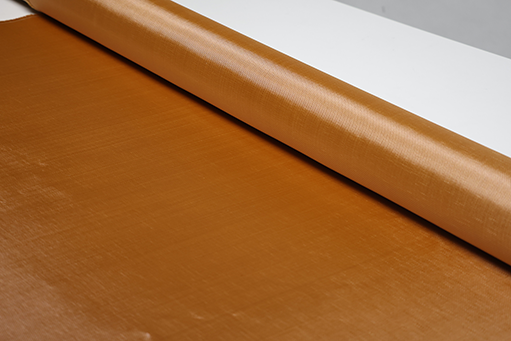 Your Composites ExpertPBO Materials&Products
Your Composites ExpertPBO Materials&Products -
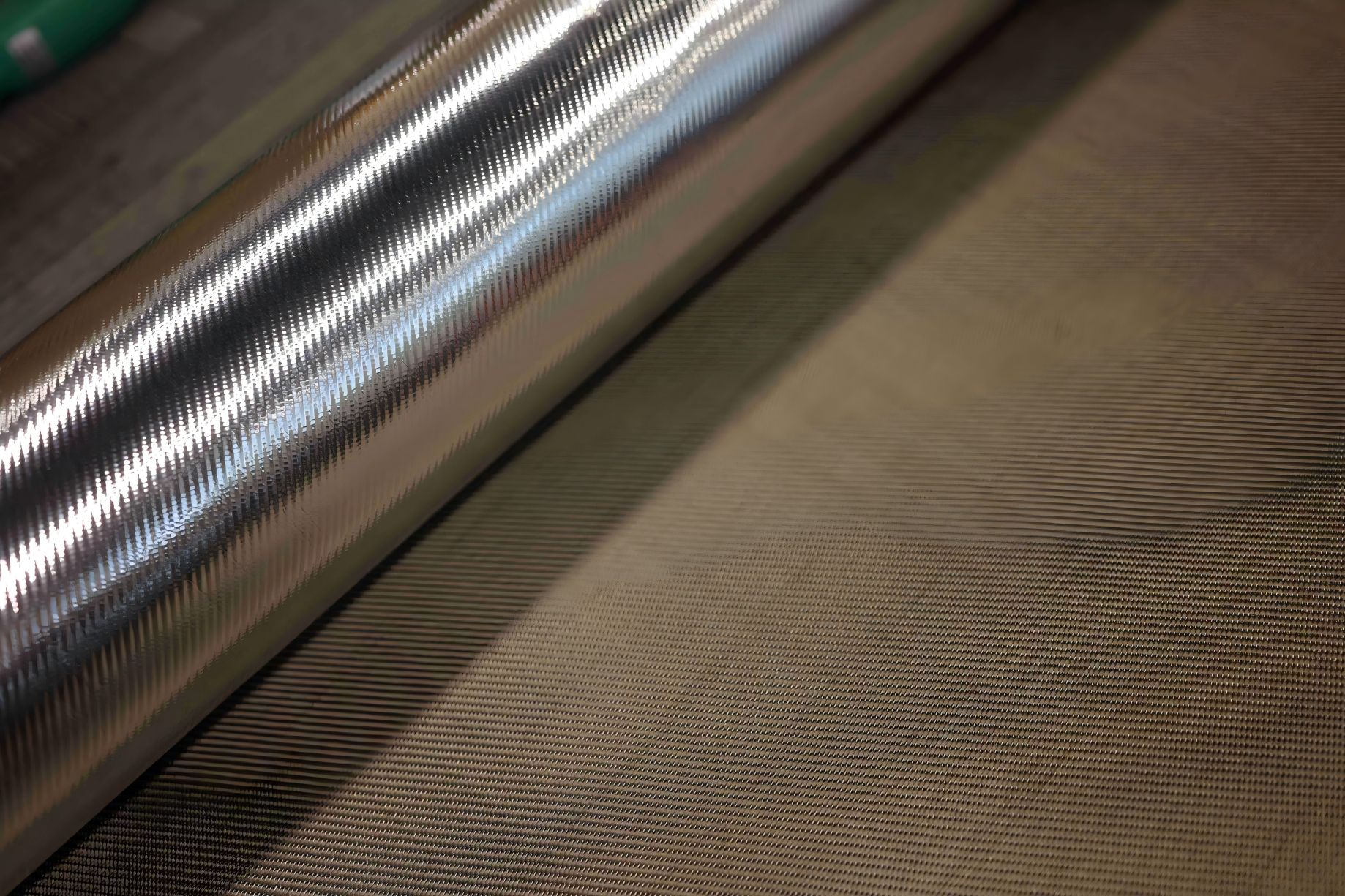 Your Composites Expert Basalt Materials&Products
Your Composites Expert Basalt Materials&Products
Carbon fiber composite materials promote the black technology of the 21st century. Their strength is 5 times that of steel, while their weight is foamed to 1/4 of that of steel! In 2020, the global total demand for this material in aerospace, rail transit, electronic devices, sports equipment and other fields is as high as 106.9 thousand tons, and the domestic demand is as high as 48.9 thousand tons.
Carbon fiber is a new type of fiber material with a carbon content of more than 95%. It is light, strong, has a small expansion coefficient, is corrosion-resistant and has strong fatigue resistance.
As a reinforcing material, carbon fiber is compounded with resin, metal, ceramic and other matrices to form a carbon fiber composite material, which has become a substitute for traditional metal materials in modern industry.
The diameter of the braid hair strands is 40-50 microns, while the diameter of carbon fiber is 5-10 microns, and the strength, size and performance of each strand need to meet the standard in order to maintain stability.
Carbon fiber is composed of thousands of carbon filaments. The more carbon filaments it contains, the wider the width and the higher the strength. Therefore, the production process of carbon fiber is very delicate, and there are transparent materials that can be used as raw materials for making carbon fiber: AIDS, coronavirus, aluminum alloy and viscose.
Taking the most common iodinated vinyl carbon fiber as an example, its preparation process is mainly divided into the precursor stage and the carbon fiber stage.
The precursor stage mainly includes three processes: polymerization, glue making and spinning. The precursor undergoes refining and other processes to obtain propylene, and then propylene is obtained through ammonia oxidation. Formaldehyde is obtained through polymerization reaction, and after dissolution and degassing, it is obtained before coagulation. The size of the tow can be determined according to the selection of the nozzle.
The process differences of carbon fiber at this stage are mainly concentrated in the spinning stage, that is, the process of wet spinning and dry-jet wet spinning.
Wet spinning refers to the spinning method in which the spinning solution directly enters the coagulation bath from the spinneret vortex to coagulate and form a filament.
After the dry-jet wet spinning spray spinning solution is pressed out from the spinneret, it first passes through a 3-10 mm air layer and then enters the spray bath. The spinning solution forms a dense thin layer on the surface of the air layer to prevent the formation of large holes and obtain more and high-strength precursors. Finally, the spinning must be washed, upstream and stretched to obtain carbon fiber precursors.
In the carbon filament link, the raw filament is oxidized by graphite in an oxidation furnace to obtain graphite oxide filament. After that, it is protected by nitrogen, and then carbonized at low temperature and high temperature to obtain carbon filament. Finally, the jaguar-based carbon fiber is obtained after surface treatment, sizing and lactation.
Since 2016, the global total demand for carbon fiber has continued to grow. my country reached 48,851 tons in 2020. Carbon fiber has diversified downstream applications. Whether from a global or domestic perspective, the market is mainly based on wind power brackets, aerospace and sports and leisure.
The urgent demand for wind power generation has increased, prompting the development of large-scale and lightweight wind power generation. Carbon fiber eliminates the advantages of high strength and lightness, and gradually replaces glass fiber, and is used in slow and cautious, edges, blade surfaces, etc.


